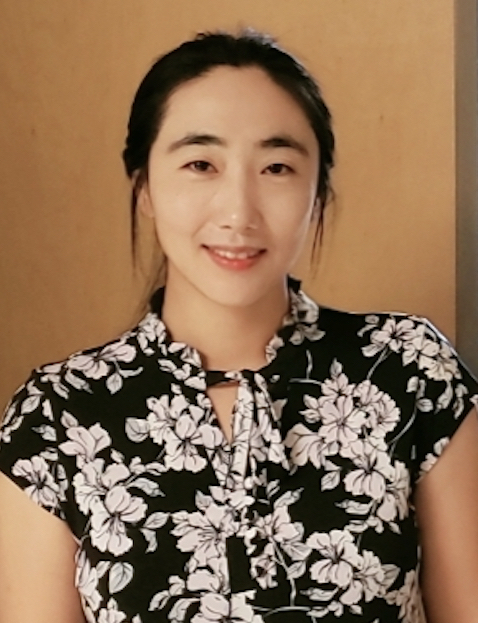Heejin Yoo
Assistant Professor of School of Biological Sciences
Plant Immunity, Plant Metabolism, Translational Regulation, Programmed Cell Death, Effector Triggered Immunity, Systemic Acquired Resistance, Salicylic Acid, Plant Volatiles

Molecular Biology Program
Education
B.S. Seoul National University
Ph.D. Purdue University
Research
Our lab research is focused on understanding how plants coordinate metabolic pathways and defense mechanisms to optimize plant growth and defense. Since plants do not have specialized immune cells, plants need to allocate their energy and resource properly to either growth or defense depending on environmental conditions. Our aim is to understand the underlying mechanisms through transcriptional and translational regulation, and metabolic dynamics during plant innate immunity. This research will ultimately enhance our knowledge of molecular mechanisms and interactions between defense signaling and metabolic regulation to optimize or maximize crop yield and disease resistance. Specifically, projects in my lab include:
- Regulatory mechanism of salicylic acids for plant immunity in various plant species
- The role of amino acids for plant immunity
- The role of plant volatiles for plant immunity
- Global translatome analysis using ribosome profiling during plant systemic immunity
- Functional analysis of metabolic pathways during plant immune response
- The role of helper NB-LRR for plant immune mechanisms.
References (Selected Publications)
- Yoo H*, Shrivastava S*, Lynch JH*, Huang D, Widhalm JR, Guo L, Carter BC, Qian Y, Maeda HA, Ogas J, Morgan JA, Marshall-Colón A, and Dudareva N. (2021) Overexpression of arogenate dehydratase reveals an upstream point of metabolic control in phenylalanine biosynthesis.The Plant Journal https://doi.org/10.1111/tpj.15467
- Yoo H*, Greene GH*, Yuan M*, Xu G, Burton D, Liu L, Marqués J and Dong X. (2020) Translational Regulation of Metabolic Dynamics during Effector-Triggered Immunity.Molecular Plant 13:88-98 https://doi.org/10.1016/j.molp.2019.09.009
- Xu G*, Greene GH*,Yoo H*, Liu L, Marqués J, Motley J and Dong X. (2017) Global translational reprogramming is a fundamental layer of immune regulation in plants. Nature 545:487–490 https://doi.org/10.1038/nature22371
- Widhalm JR, Gutensohn M,Yoo H, Adebesin F, Qian Y, Longyun G, Rohit J, Joseph HL, McCoy RM, Shreve JT, Thimmapuram J, Rhodes D, Morgan JA, and Dudareva N. (2015) Identification of a plastidial phenylalanine exporter that influences flux distribution through the phenylalanine biosynthetic network. Nat. Comm. 6:8142 https://doi.org/10.1038/ncomms9142
- Zheng XY*, Zhou M*,Yoo H*, Pruneda-Paz JL, Spivey NW, Kay SA and Dong X. (2015) Spatial and temporal regulation of biosynthesis of the plant immune signal salicylic acid. Proc. Natl. Acad. Sci. USA 112:9166-9173 https://doi.org/10.1073/pnas.1511182112
- Yoo H,Widhalm J, Qian Y, Maeda H, Cooper BR, Jannasch AS, Gonda I, Lewinsohn E, Rhodes D, and Dudareva N. (2013) An alternative pathway contributes to phenylalanine biosynthesis in plants via a cytosolic tyrosine:phenylpyruvate aminotransferase. Nat. Comm. 4:2833 https://doi.org/10.1038/ncomms3833
- Maeda H,Yoo H, and Doudareva N. (2011) Prephenate aminotransferase directs plant phenylalanine biosynthesis via arogenate. Nat. Chem. Biol. 7:19-21 https://doi.org/10.1038/nchembio.485
